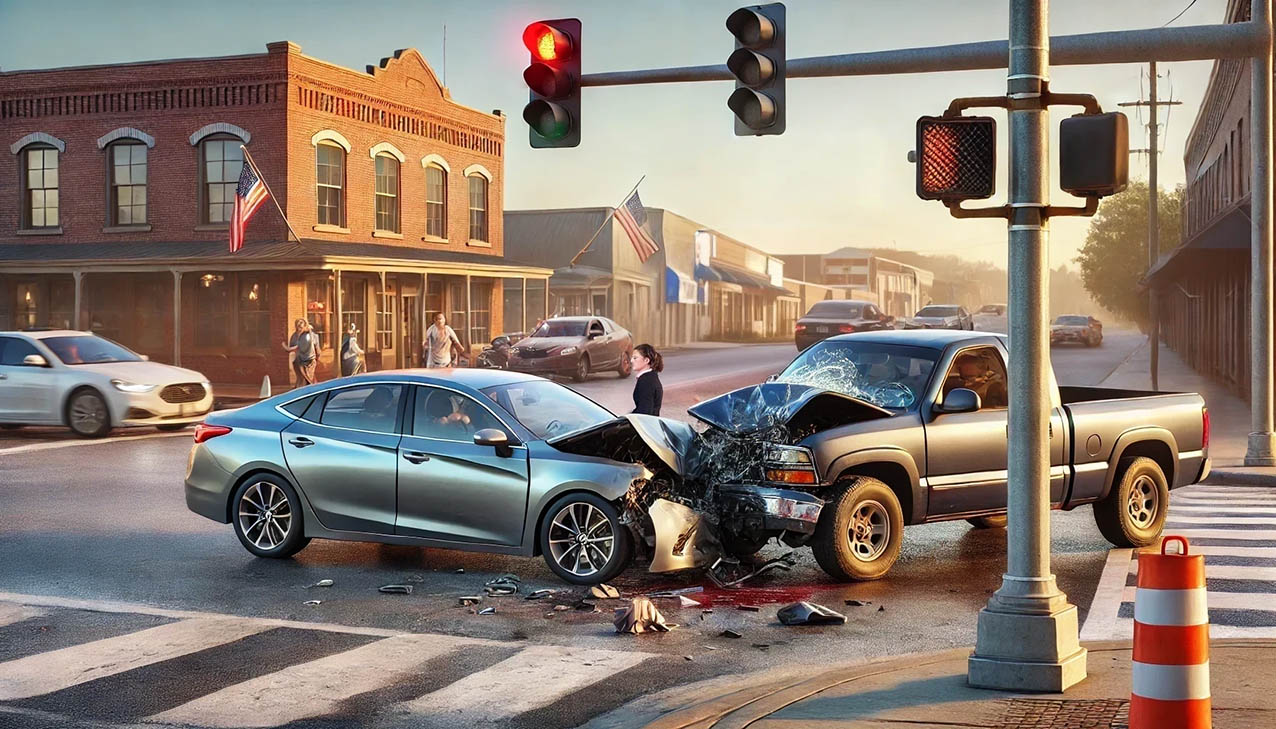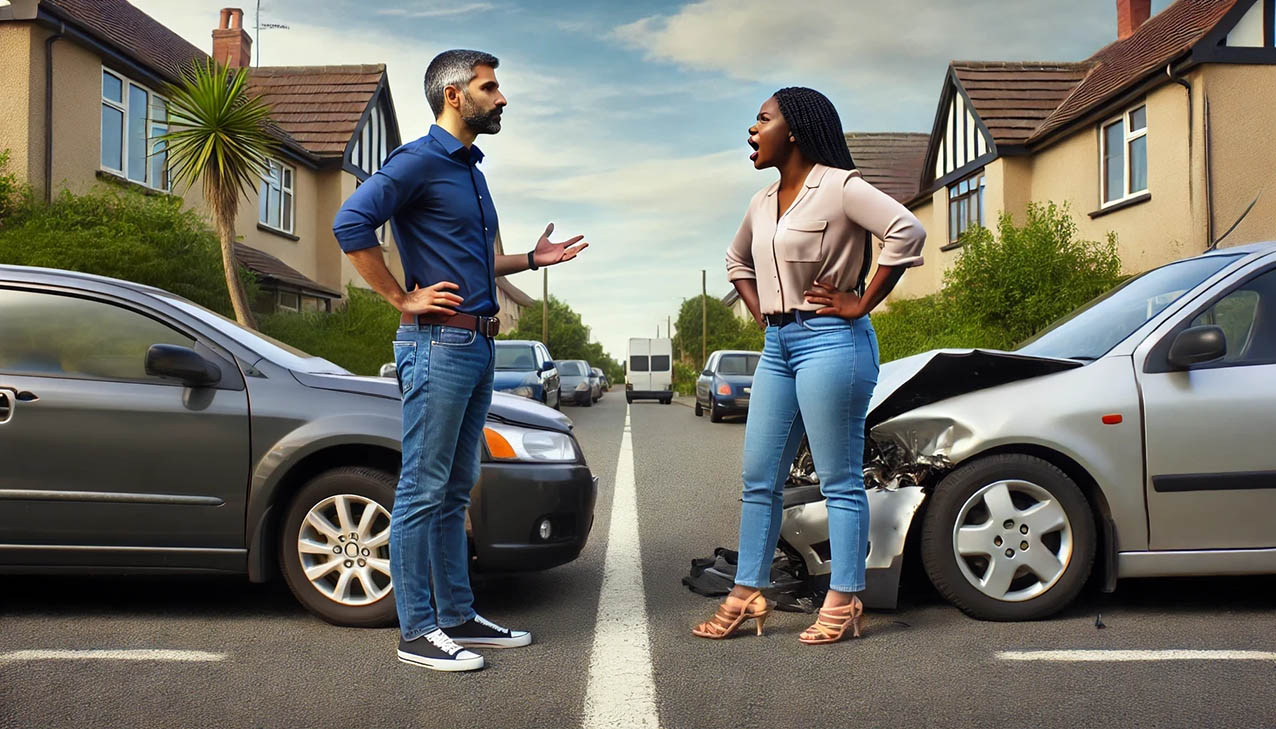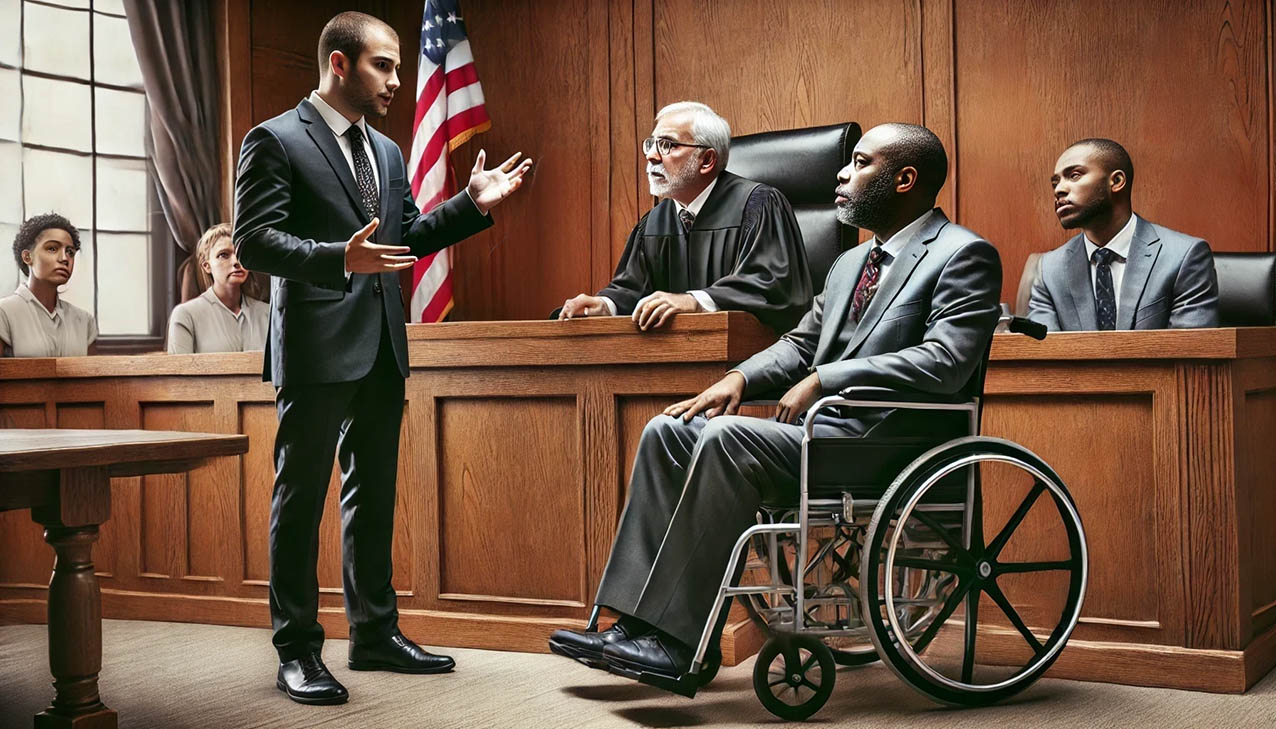"Your Case Might Be Worth a $1,000,000.00"
I recently took a trip to Colorado and noticed a commercial for a law firm that offered to estimate the potential value of personal injury cases. It’s well-known among professionals who handle personal injury cases regularly that no two cases are identical. The nuances and specifics of each case significantly influence its potential value. When a personal injury lawyer makes overly generous promises, they might succeed in securing the case, but they risk disappointing the client if they can’t deliver on those promises. Conversely, if they set expectations too low, they might deter potential clients from pursuing their case with them. This delicate balance highlights the importance of accuracy and honesty in setting client expectations in the realm of personal injury law.

1. Complexities: No Two Cases Are the Same
The complexities of personal injury cases are immense, with each situation being unique. Consider an example of a broken arm. The circumstances under which the injury occurred can significantly impact the valuation of the case. For instance, if the injury resulted from a rear-end collision where liability is clear-cut, the case’s dynamics differ from a scenario where two drivers dispute over who had the right of way at a red traffic light.
Case Complexity Examples:
- Liability and Dispute: Cases where liability is unclear or heavily disputed often have different values compared to cases where fault is straightforward and undisputed.
- Severity and Nature of Injuries: The type of injuries sustained can greatly influence the value of a personal injury case. Catastrophic injuries such as spinal damage or traumatic brain injuries typically result in higher compensation compared to less severe injuries like minor fractures or sprains.
- Impact on Life and Employment: The injured person’s life circumstances and employment play a significant role.
- Medical Treatment and Recovery: The extent and cost of medical treatment required can vary widely. Cases involving extensive surgeries and long-term rehabilitation tend to have higher values compared to cases where the injuries are treatable with short-term medical care.
- Non-Economic Damages: The psychological impact and pain and suffering associated with an injury also affect case value.
Furthermore, the personal and professional background of the injured party plays a critical role in determining the case’s value. A 32-year-old union member working an outage when injured may face substantial financial and career repercussions, adding to the case’s complexity. In contrast, a retiree reliant solely on social security may experience different impacts and losses. A new mother with a baby and other family dependents might face extraordinary challenges. The lifestyle and responsibilities of the injured person are crucial factors that affect the case’s value differently. A jury is likely to consider these hardships when deliberating on compensation.
Moreover, the specifics of the injury itself can vary greatly. A broken arm that requires the installation of plates and screws introduces the possibility of ongoing pain and future surgeries, potentially increasing the claim’s value. In contrast, a cleanly broken arm that heals quickly after being set might result in a more straightforward case with a different valuation.
This example of just a broken arm illustrates the breadth of factors that legal professionals must consider, emphasizing why personal injury law is so complex and case-specific.
Drunk drivers typically receive little to no sympathy in the eyes of the law, and rightly so. As a result, injured parties in cases involving intoxicated drivers are often eligible for punitive damages, which are damages intended to punish particularly reckless behaviors and deter similar actions in the future.
Commercial drivers, such as those operating large big-rig trucks, are subject to stricter regulations than everyday drivers. Given the substantial size and weight of commercial vehicles, accidents involving these vehicles typically result in severe injuries or significant property damage. Consequently, when commercial drivers fail to adhere to the mandated standards, juries are more inclined to award substantial verdicts to reflect the serious nature of the infractions and the injuries caused.
Motorcyclists, on the other hand, often suffer grave injuries in accidents due to their limited physical protection. Despite common misconceptions about motorcyclists, they are entitled to the same legal protections as any other motorist. Other drivers must observe the rules of the road, and failure to do so can lead to serious consequences, particularly for motorcyclists. In legal terms, motorcyclists’ injuries warrant careful consideration and often justify significant compensation to address their potentially life-altering consequences.

Evaluating the value of a personal injury case involves thoroughly examining several key factors: the circumstances of the accident, the resulting impact, the nature of the injuries sustained, and the recovery process. What many often overlook, however, is the significant role that the behavior and conduct of the individuals involved play in shaping the case’s outcome.
- Circumstances of the Accident
- Resulting Impact
- Nature of Sustained Injuries
- Recovery Process
- Behavior & Conduct
Contrastingly, another case from years ago highlights how negative behavior can detrimentally affect the outcome. In this incident, my client was rear-ended and responded by publicly berating the other driver with harsh and offensive language. Despite a substantial settlement offer of $60,000.00, which I advised him to accept, he chose to go to trial. His conduct had already tarnished his image, and consequently, the jury found his behavior off-putting. Ultimately, they awarded him nothing, underscoring how critical the conduct of the parties involved can be in influencing both jury perceptions and legal outcomes.
These examples starkly illustrate how the actions and demeanor of those involved in an accident can drastically impact the legal and financial resolution of personal injury cases. It’s clear that maintaining composure and demonstrating empathy in the face of adversity can play a pivotal role in achieving a just settlement.
When considering the potential value of personal injury cases, it’s crucial to understand the many factors that can influence the outcome. How a person testifies—demeanor, clarity, and credibility—can significantly impact a jury’s perception and, consequently, the verdict. Additionally, the extent of the injuries and their effects on the individual’s life and those around them are critical considerations, including the immediate physical injuries and the long-term psychological and emotional repercussions.
Financial implications such as lost wages and the loss of capacity to care for one’s family or dependents further complicate the valuation of a case. An injury that prevents someone from returning to work or fulfilling their role as a caregiver can lead to substantial compensation claims for lost earnings and additional costs associated with care and support.

Conclusion
Given these complexities, someone telling you what your case might be worth is not worth much. Each case involves unique circumstances and personal impacts that a reputable personal injury attorney must carefully assess. Giving someone an estimated value of their case without a deep dive into these factors offers little accuracy and fails to capture the potential legal and financial implications. Realistically, understanding and quantifying the value of a personal injury case requires a detailed and personalized approach that considers all these variables in their entirety.
Catastrophic injuries undeniably warrant substantial compensation due to their severe impact on the victim’s life; however, no amount of financial compensation can fully restore what a person has lost. Such injuries often lead to permanent disabilities, life-long medical care, and significant alterations to one’s way of life, which is why they command the highest possible settlements or judgments.
However, a significant challenge arises regarding the insurance coverage available. Often, victims face underinsured motorists, meaning the policies in place do not offer sufficient coverage to compensate for the extensive losses incurred. This lack of adequate insurance can severely limit the compensation that injured parties can recover, regardless of the severity of their injuries.
This disconnect between the severity of the injury and the financial compensation available is a harsh reality of personal injury law. It highlights a broader issue within the insurance system where existing policy limits do not adequately meet the needs of severely injured individuals. The unfortunate truth is that the severity of an injury does not always correspond to the financial recovery available, which can leave victims and their families grappling with both recovery and financial instability.
